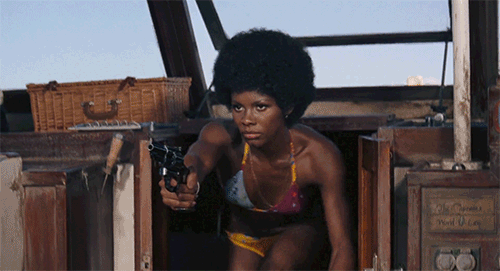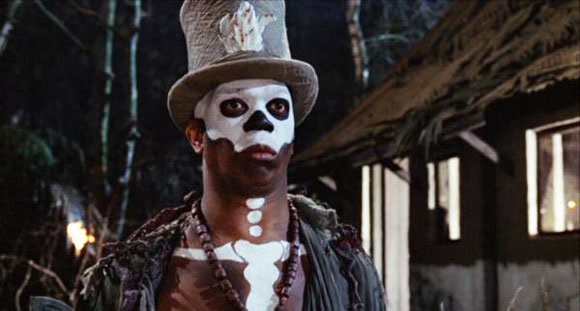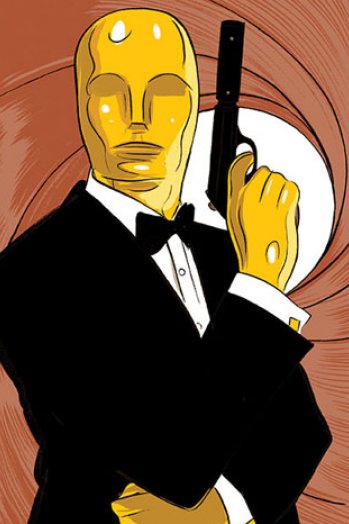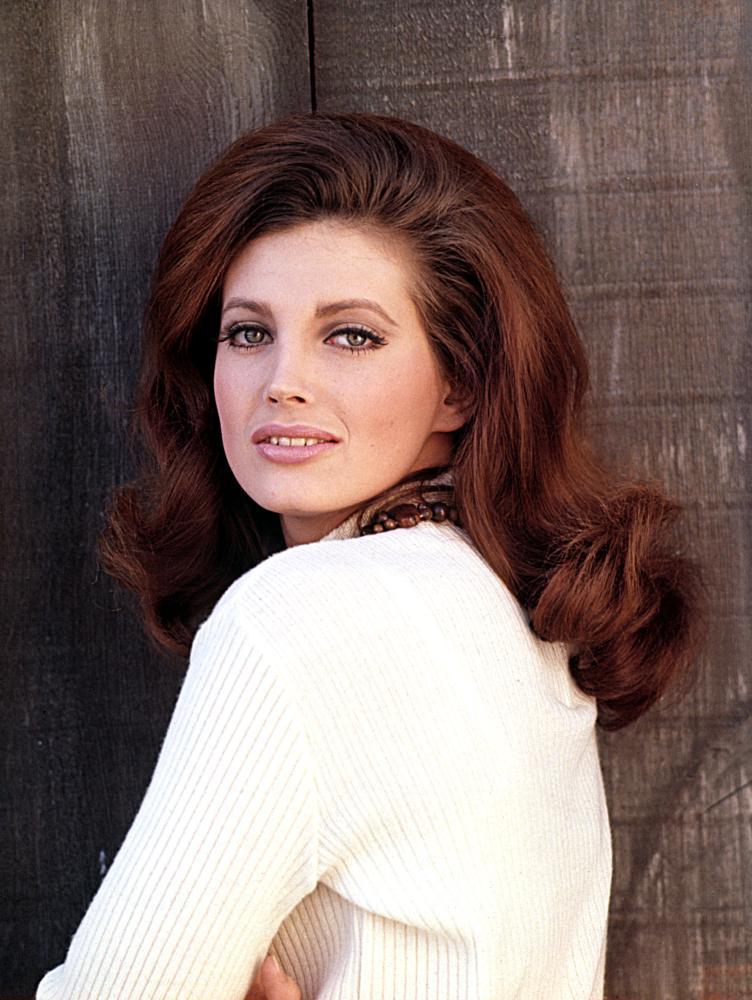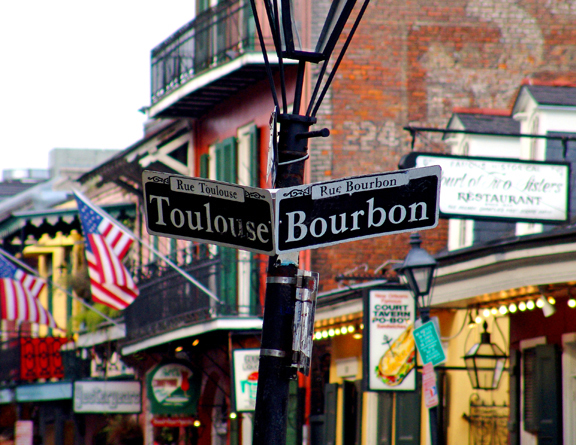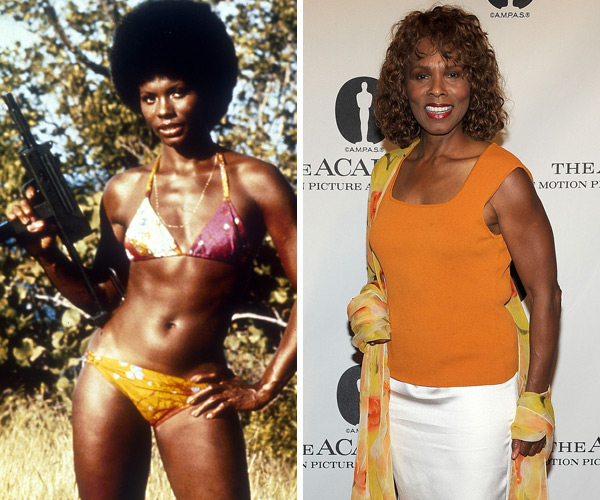 Gloria Hendry is one of the most lovely women I’ve ever had the chance to meet. Recently she took a large amount of time from her busy schedule to answer some of my questions. Gloria’s a lady who is not only beautiful but incredibly intelligent as you will see in the following interview. I hope you enjoy it.
Gloria Hendry is one of the most lovely women I’ve ever had the chance to meet. Recently she took a large amount of time from her busy schedule to answer some of my questions. Gloria’s a lady who is not only beautiful but incredibly intelligent as you will see in the following interview. I hope you enjoy it.
Tell us a little about yourself…
I am the eldest of two girls. We were born in Florida. My family members are from Georgia, Alabama and Florida. My people are Seminole Indian, African, Creek Indian, Irish, Chinese and something else and range in color from deep chocolate to café ‘ole. Since America symbolizes the melting pot of the world, my family members are true Americans.
My mother left Florida to join my grandmother and grandfather in Jersey City, New Jersey, when I was about 2 years old and my sister around a year old. We lived with them until I was about 7 years old. From the age of 7 until 18, my sister and I lived with my mother and her companion in Newark, New Jersey until I graduated from high school. Throughout elementary school, I maintained excellent grades and played the violin in the All-City Orchestra and performed for radio, and various academic events.
During my high school years, my grades were average and my educational training consisted of Gregg shorthand, typing and various clerical skills to prepare me for my occupation as a Secretary. After graduation, I attended Essex College of Business for Law for a Legal Secretary position. All through school, I excelled in sports of all kinds: basketball, touch football, baseball, volley ball, sprinting, fence climbing, bicycling, swimming, gymnastics, Latin dancing, jumping rope, roller skating which continued into my adulthood, tennis, snow and water skiing, distant running, weight lifting, ballet, roller blading, ice skating and Karate.
You were the first African American Bond girl (Unless you count Thumper from Diamonds Are Forever) and at the time it wasn’t socially acceptable for a white man to be with a black women (or a black man for the matter ) do you think that your role in the film helped make the interracial situation more acceptable to audiences?
I remember Harry Saltzman talking seriously to me about racism. He expressed that it was a shame that we still had racism. He said that everyone should marry another race so no one could say they were one race or the other and this would stamp out racism. He suggested to me that I should marry a Caucasian.
As a black woman with a white co-star in the 1970’s did you ever receive any negative feedback from the audiences?
A fan told me that in certain sections of Live and Let Die, where Roger and I were kissing by the lake was cut out. My photograph and name were splattered throughout the world in various newspapers, magazines and billboards with positive comments associating me with Live and Let Die. For a number of years thereafter, people called upon me to make special appearances and/or to give my endorsement for various causes.
If I didn’t know any better, I would have thought that I had starred in Live and Let Die. After being associated in advertising all over the world and going from one publicity event to another for Live and Let Die, I found after time had passed my name was no longer associated with the film. Nor was I named or called upon when there was mention or request of the 007 James Bond Ladies. I never knew what to think of that.
How did you get the role of Rosie Carver?
I received a phone call from my manager, Lloyd Kolmar, in New York City, who said, “I need you back in New York to audition for “Live and Let Die,” the James Bond movie. I said I don’t have a chance in the world. They want large breasted women, not me. Besides, I’m not White. My manager said, “They want to see you. Don’t you understand? You have to fly back on your own dime.” I had to think about that. After a couple of days in numbers crunching, I called him back and said exasperated, OKAY! Where is the audition? Lloyd gave me Harry Saltzman’s office address in New York City and the time and date for me to appear. I caught the next flight out. I still had my New York apartment. So, I said to myself, I’m going to put on my best clothes. It was November 1972.
When I walked into Harry Saltzman’s office, I saw this regal, strong, sophisticated, deep, dark set eyes, white-haired man, quietly sitting there. As I entered, he stood up. He said nothing, just gestured for me to sit down and so did he. And in the next moment, he asked me how was my flight here from Los Angeles. I told him. Then, he said, How soon can you fly out to New Orleans to meet the director, Guy Hamilton, and Roger Moore? We can book you on the next flight. If you would like. I said, without thinking, Okay! So before I knew it, Mr. Saltzman made arrangements with his secretary. He had a car waiting for me.
So, off I went to the airport on the next flight out. At the airport in Louisiana, a driver met me with a sign holding up my name and picked me up in a large Mercedes limousine and took me to the French Quarter where someone from the “Live and Let Die” production greeted me. I met with the director, Guy Hamilton, and Roger Moore, The Saint. I was very nervous. We talked, laughed and ate. It was like a dream come true. But, I knew not to take any of this seriously. Then, they took me to the movie set to watch them continue to film “Live and Let Die.” They were most gracious and asked if I wanted to stay for the weekend. I said, No, no thank you. I would like to return to New York on the next available flight. That evening they said, We will call me later to let me know. I returned to New York City and stopped at my apartment again and got a few things, then, hopped the next available flight to Los Angeles, California. About a week had passed, I received a telephone call from my manager, Lloyd, “YOU GOT IT!
Tell us about you relationship with Roger Moore. In his James Bond Diary he refers to you as “Gloria Ass” which has lead some people to believe that you two didn’t have a “sparkling” relationship.
Throughout the filming of Live and Let Die, Roger Moore and Harry Saltzman were most gracious and kind to me. By the way, during our stay in Ocho Rios, Jamaica, at the Sans Souci Hotel, my room was located in between Roger and his family and Harry and his family which I had the great pleasure of meeting and often having dinner with them. In my mind, I thought they wanted to keep an eye on me and keep me safe. However, I snuck out as often as I could to hang out with the people of Jamaica. I had the fortune to fall in love with a wonderful Jamaican gentleman.
It’s also been said (by Lois “Moneypenny” Maxwell as a matter of fact) that Roger Moore didn’t like/get along with many of his female co-stars. How would you respond to that?
During the filming and stay in Jamaica, Roger shared his chauffeured driven limousine with me each workday. Whenever Roger was asked and he signed his autograph, he gave me the pen and said sign yours too (this was a first-time experience to sign my name for any fan). Each morning, around 6:00am, Roger and I shared the hotel swimming pool, half asleep, pushing dead bumblebees aside, as we swam from one end of the pool to the other, in opposite directions. I liked Roger very much. He was a true gentleman.
Tell us about locations shooting.
We filmed from November through December 1972 in Jamaica. Sometime in December, Harry asked me whom would I love to share the holiday spirit? Without any hesitation, I told him, my Mother. He said, so be it. I called my Mother at her factory job, American Aluminum, in New Jersey, requesting her to take off and join me. My Mother was thrilled. She had never been to Jamaica or for that matter ever flown first-class. Harry had my Mother flown first-class and stay with me until New Year’s Day.
How many days total were you on location shooting?
After my Mother left Jamaica, I was called in for a meeting with Harry and Guy, who said in essence, we don’t want to kill you off Madam because so many people like you. So, standby there might be a script change. A couple of days after that, Harry apologized that they had to kill me. So, we shot the scene that day. Then, I was flown ahead of everyone, as a tourist, to London, England, where someone met me at the airport. My hotel room took up the entire floor of the hotel. I had the opportunity to work at the legendary Pinewood Studios, dubbing and completing interiors. I remember Harry talking seriously to me about racism. He expressed that it was a shame that we still had racism. He said that everyone should marry another race so no one could say they were one race or the other and this would stamp out racism. He suggested to me that I should marry a Caucasian. Then, he introduced me to a very special gentleman whom he considered would be a good choice for me to marry. I went out with him a couple of times, and he told me how to dress and act. I became disinterested in an arranged marriage. However, because it was winter, I also wanted to go home.
It was always very dark and cold in London – there was never any sunshine. During my stay, I received a telephone call from a producer and was sent a script and offered a starring role in a film opposite Jim Brown, “Slaughter’s Big Rip-Off,” which I accepted.
The producers often are said to have given the best of the best to their stars. Would you agree?
Yes. They had treated me like I had starred in Live and Let Die and so much more. The only time I saw the film with the public was in New York City at the 1973 United States’ premiere with my mother and her companion, sister and I were chauffeured in a large black limousine Cadillac, a huge affair that I had never ever experienced in my whole life. I remember not knowing how to act because people were shouting my name, asking for my autograph (remembering Roger giving me the pen to sign), cameras were flashing all around me and at that moment in my life, I felt I was somebody really, really special.
My photograph and name were splattered throughout the world in various newspapers and magazines with positive comments. For a number of years thereafter, people called upon me to make special appearances and/or to give my endorsement for various causes. If I didn’t know any better, I would have thought that I had starred in Live and Let Die.
Everyone on the set treated me like I was starring in Live and Let Die. I had my own chair, dressing area, Roger shared his limousine with me, and personal publicity shots. The photographer followed me throughout filming both in and out of the States. One day, someone on the set came up to me and told the story that the role of Solitaire was initially written for and a Black actress was hired to play the part. While filming somewhere in New York City or New Orleans, they decided that it was too risky to have a Black Woman end up with James Bond. Therefore, the role of Rosie Carver was switched to Black and the role of Solitaire was switched to White. That is where I came in. I am known as MRS. JAMES BOND.
Tell us about working with Guy Hamilton and the others on the crew. I’ve talked with Guy Hamilton and he seems like he’d be a pleasure to work with.
Guy Hamilton was a joy to work with. He took his time. Never got upset. If the scene was not working, he would take me aside and have a conversation about the weather, then mention a thing or two about the scene. Then we would return to filming. Roger disliked retakes, so Guy handled Roger with great care and consideration, as he did all of us.
–Gloria Hendry resides in California and is currently working on an autobiography. She has appeared at Bond Weekend III.
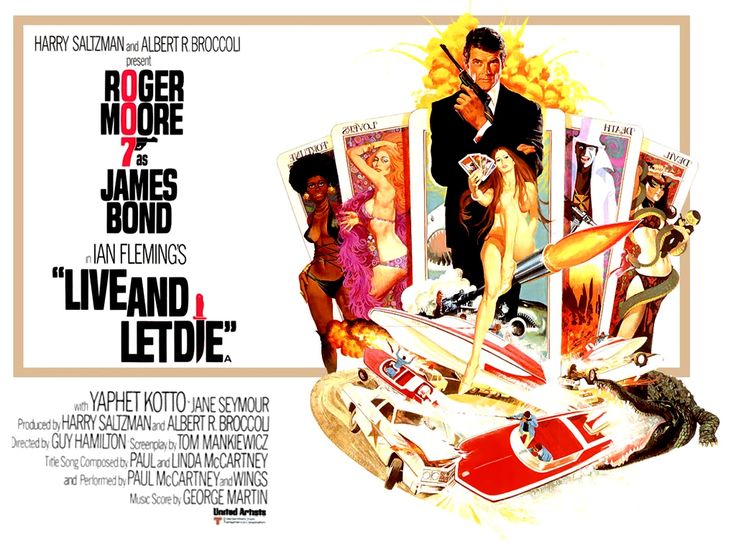 In the original script for Live and Let Die, the role of Solitaire, white in the novel, was written as a black woman while the role of Rosie Carver was written as a white character. Studio executives balked at the idea of a black Bond girl in the lead role (this was 1973 after all) and changes were made; the racial identities were switched.
In the original script for Live and Let Die, the role of Solitaire, white in the novel, was written as a black woman while the role of Rosie Carver was written as a white character. Studio executives balked at the idea of a black Bond girl in the lead role (this was 1973 after all) and changes were made; the racial identities were switched.
